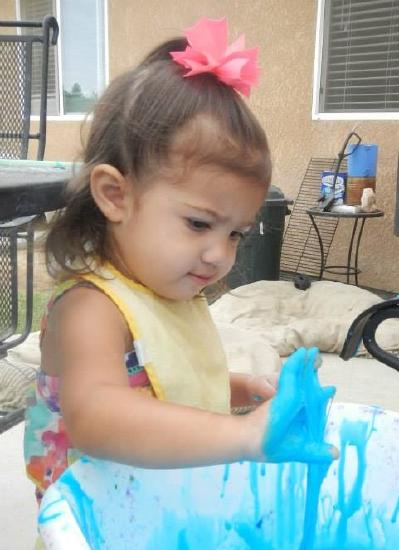16.5: The Early Months of Social Development
- Page ID
- 140965
Early Social Development
Young infants seek relationships. They actively explore what they can do with their bodies, people close to them, and the environment. They are not empty vessels waiting to be filled with information, but rather "active participants in their development, reflecting the intrinsic human drive to explore and master one's environment" (National Research Council and Institute of Medicine, 2000 Core Concepts of Development). As seen in Figure \(\PageIndex{1}\), their active engagement with the social and physical world works hand in hand with the care they receive from adults, especially when the adults are responsive to them.

Infants develop quickly by extending their abilities in all domains and creating more complex ways of relating to people and things. They send messages to adults in various ways and expect responses from adults. For example, when looking into the faces of adults, infants may see enlarged dilated pupils—a common sign of interest and pleasure—and, in response, they smile more (Hess, 1975). Children in the 3-to-4-month range show highly differentiated social-emotional behavior. By 3 months, infants learn to alter responses to adults according to how the adults respond to them: infants increase vocalizations when adults acknowledge these vocalizations with a smile, a vocal response, or light touch. The interest of others stimulates the infant's interest (Crick, 1984). [2]
[1] Image by Rebekah Creasy is licensed CC: BY-NC
[2] California Infant/Toddler Learning and Development Foundations, 2009 by the California Department of Education is used with permission

